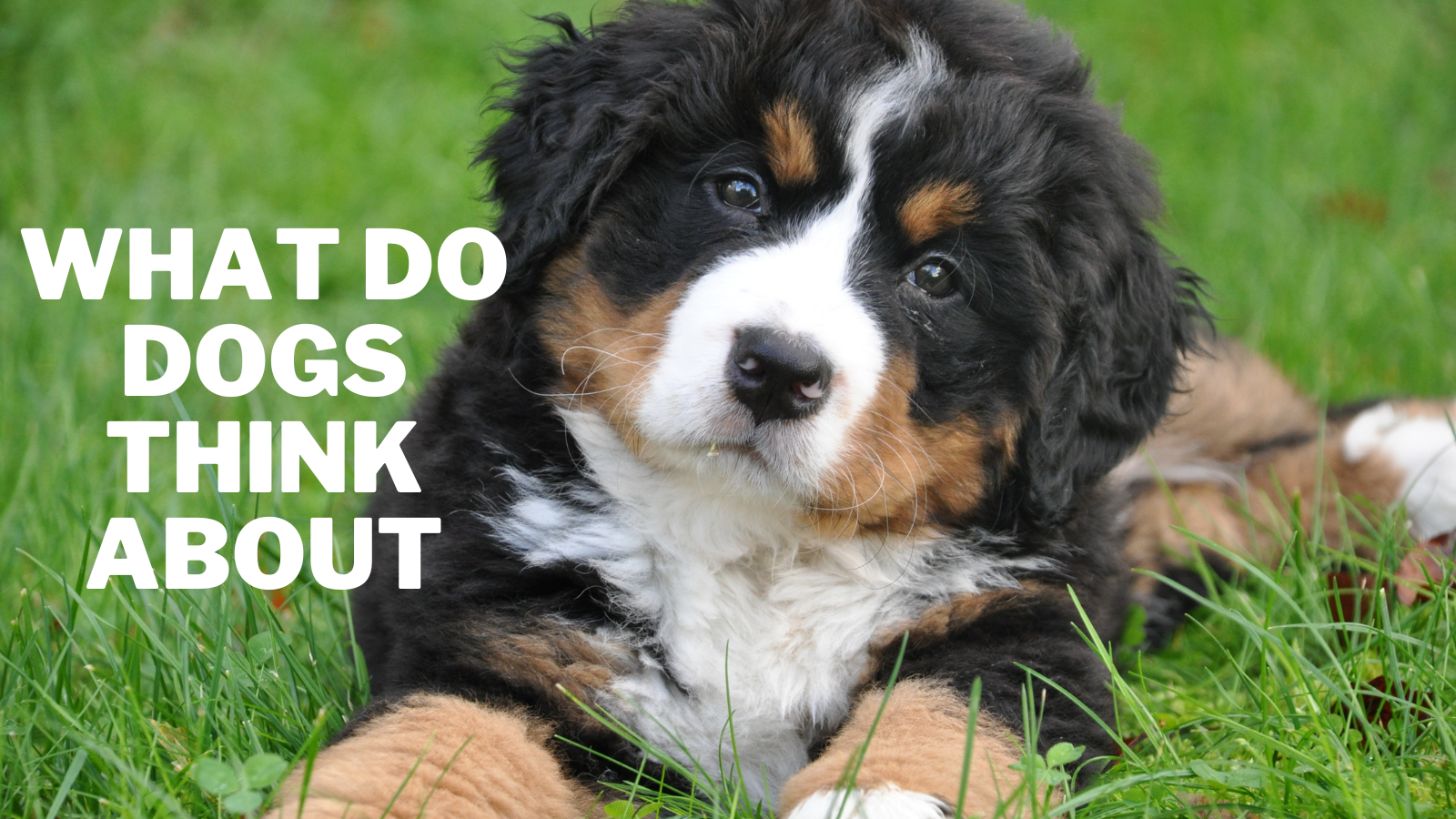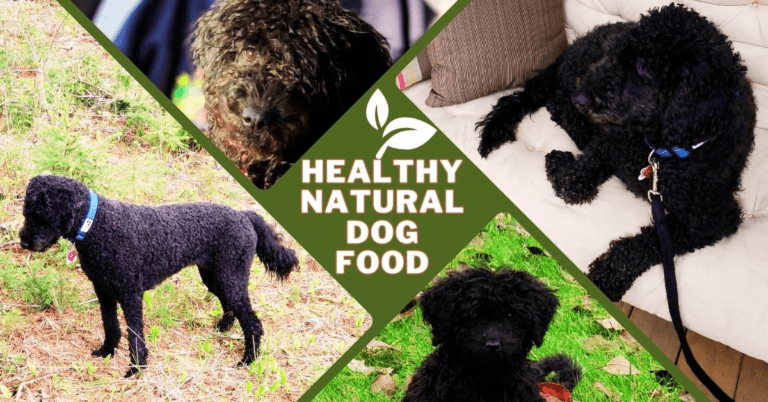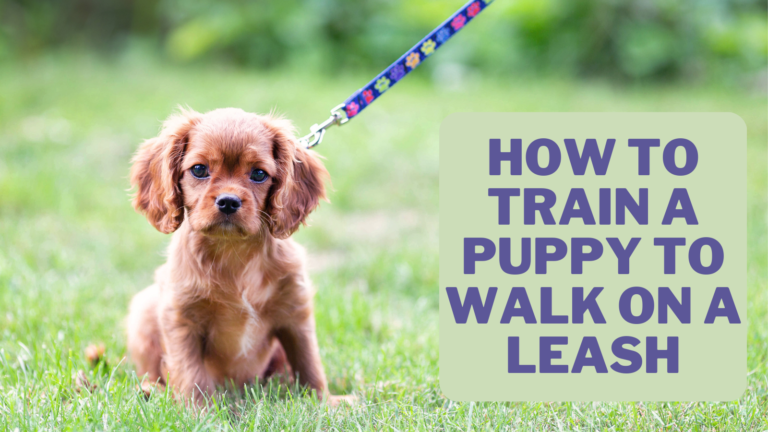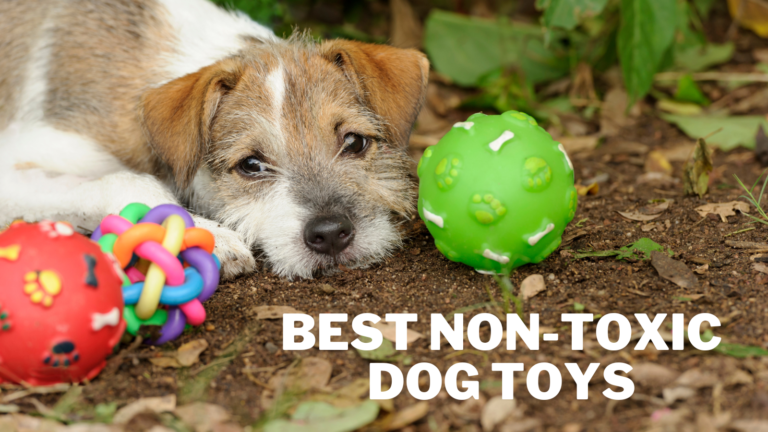What Do Dogs Think About
What Do Dogs Think About
Dogs are one of the most beloved and popular pets in the world, and for a good reason. They are loyal, loving, and endlessly entertaining. But have you ever stopped to wonder what's going on inside their furry little heads?
What do dogs think about when they're sitting quietly, staring off into the distance or wagging their tails with joy? In this blog post, we'll explore the fascinating world of canine cognition and delve into what dogs might think about daily.
From their relationships with their owners to their instincts, emotions, and problem-solving abilities, we'll examine the many factors influencing a dog's thoughts and behaviour. So grab a cup of coffee and get ready to explore the mysterious mind of man's best friend!
Dogs are highly intelligent and emotional creatures with various thoughts and emotions, just like humans. While we cannot know exactly what dogs are thinking, there are some common behaviours and thought patterns that we can observe and study.
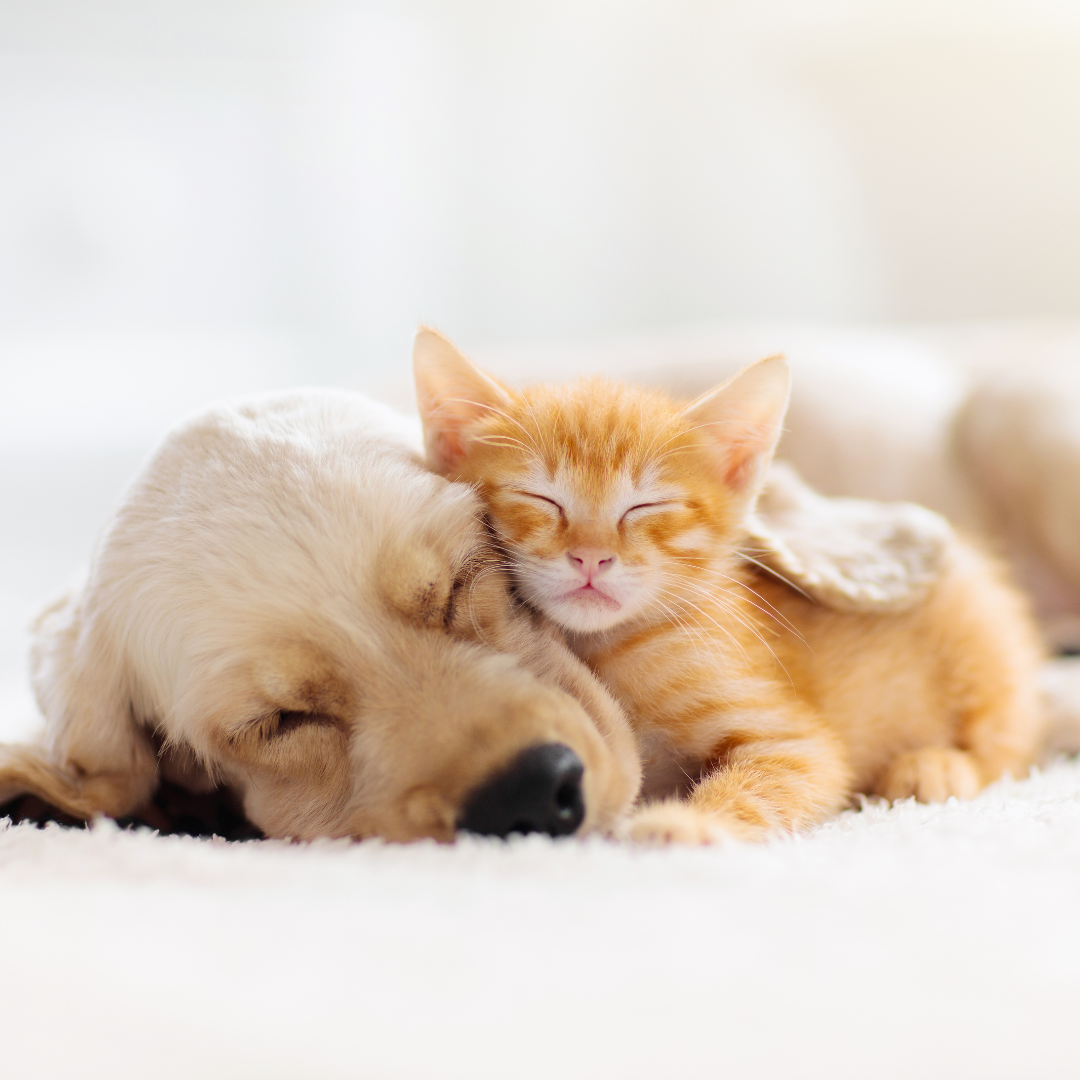
Senses And Perceptions
Here are some things dogs may consider.
1. Separation Anxiety
Dogs can become anxious when separated from their owners and may display behaviours such as whining, pacing, or destructive chewing. They may think about when their owner will return or become distressed if they sense their owner is leaving.
2. Trust And Attachment
Dogs can form strong bonds with their owners and may think about their owner's presence when they are apart. They may be comforted by the scent of their owner's clothing or may be on alert for their owner's return.
3. Emotions And Moods
Dogs can sense their owners' emotions and may react to changes in their owner's behaviour or mood. They may be able to pick up on signs of stress or sadness and may display behaviours to comfort their owner.
4. Loyalty And Protection
Dogs are often loyal to their owners and may consider protecting them from perceived threats. They may become defensive or aggressive if they feel their owner is in danger or may display protective behaviours such as standing between their owner and a stranger.
5. Play And Affection
Dogs may associate their owner with positive experiences such as playtime or affection. They may display excitement or joy when their owner engages with them in these activities and may seek their owner's attention or love.
6. Training And Obedience
Dogs may think about their training and respond to their owner's commands or cues. They may feel a sense of pride or accomplishment when they successfully follow a command or become frustrated if they are having trouble.
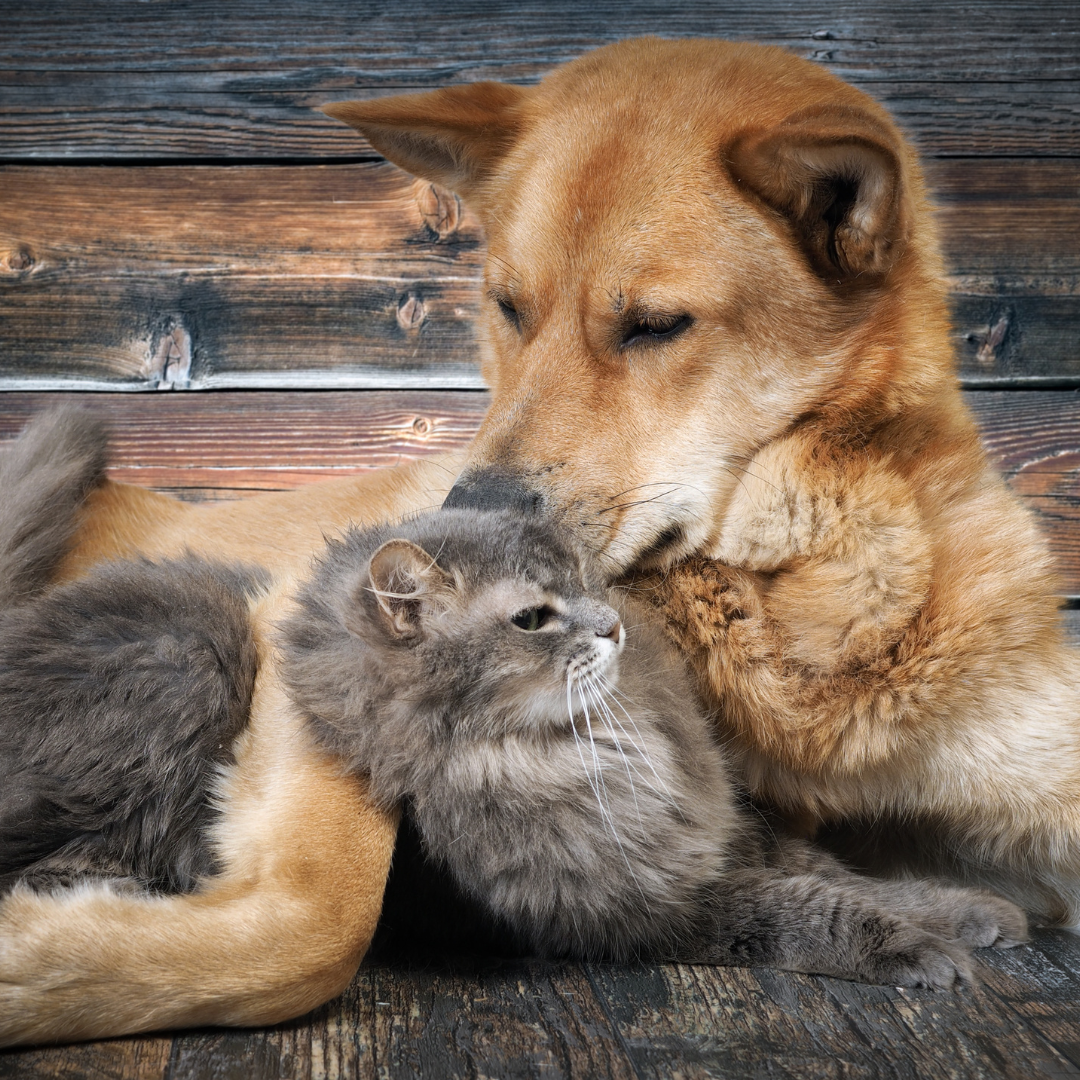
Emotions
Dogs are capable of experiencing a range of emotions, including happiness, excitement, fear, and sadness. They can express these emotions through body language, such as wagging their tail or cowering, and through vocalizations, like barking or whining.
1. Happiness And Joy
Dogs can experience happiness and joy in response to positive experiences such as playtime, cuddling, or walking. They may wag their tail, jump up and down, or make joyful vocalizations like barking or whining.
2. Fear And Anxiety
Dogs can experience fear and anxiety in response to perceived threats or stressful situations such as loud noises, unfamiliar people or animals, or separation from their owners. They may cower, hide, or display submissive body language or bark or growl to protect themselves.
3. Aggression
Dogs may display aggressive behaviour in response to perceived threats or in defence of their territory or resources. They may growl, bare teeth, or lunge at the perceived threat.
4. Sadness And Depression
Dogs can experience sadness and depression in response to negative experiences such as the loss of a companion, changes in their environment, or prolonged separation from their owner. They may display lethargic behaviour, loss of appetite, or reduced interest in play or other activities.
5. Curiosity And Exploration
Dogs can experience interest and excitement in response to new experiences or stimuli. They may investigate new objects or scents or display playful behaviour such as running or jumping.
6. Empathy And Affection
Dogs can experience tenderness and affection for their owners or animals. They may display comforting behaviour in response to their owner's distress or seek out physical contact such as cuddling or licking.
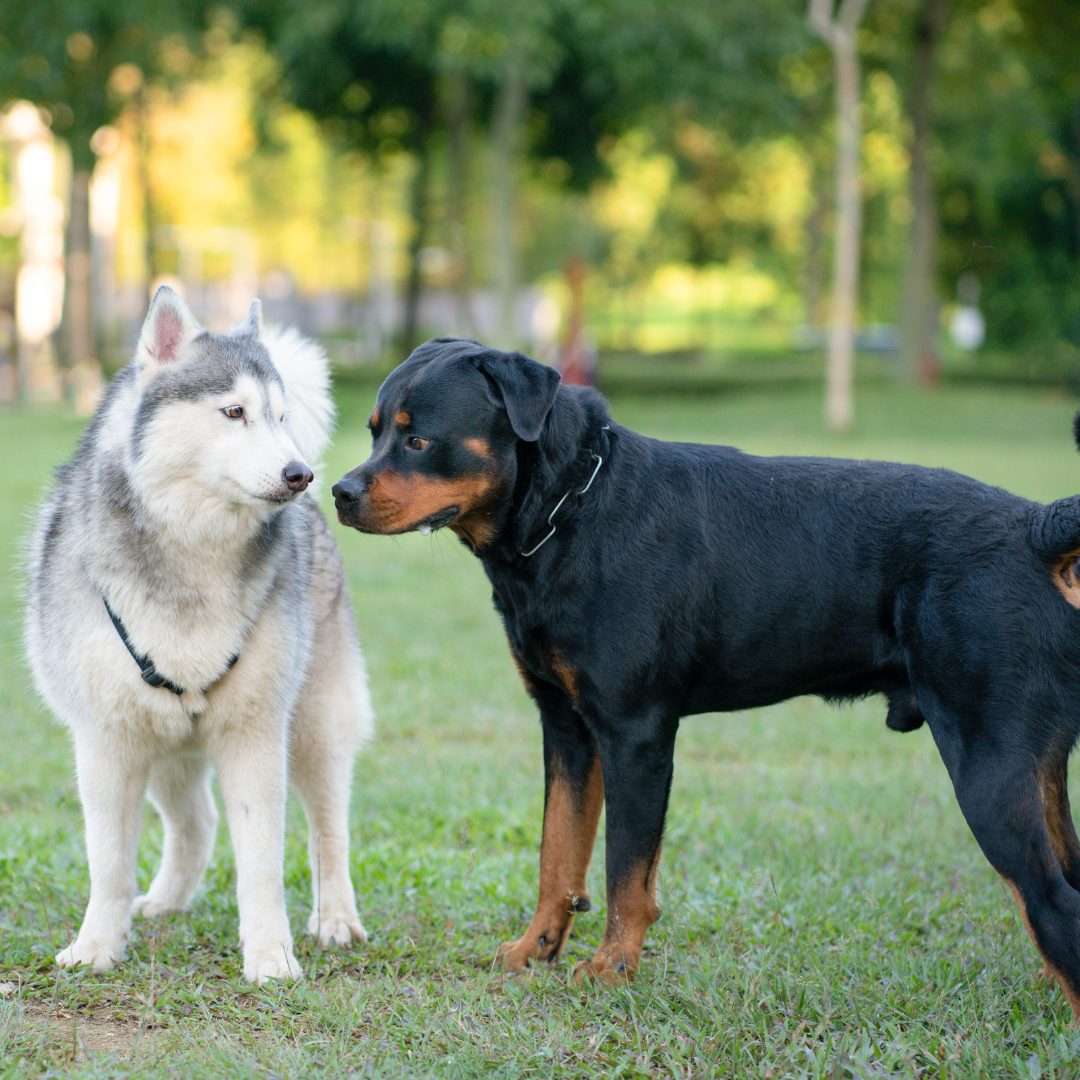
Socialization
Dogs are social animals which strongly desire to interact with other dogs and humans. They can form close bonds with their owners and may display behaviours such as cuddling, licking, or following them around.
1. Social interaction
Dogs are social animals and enjoy interacting with other dogs and humans. Dogs can learn important skills such as communication, cooperation, and play through social interaction. Lack of socialization can lead to behavioural issues such as fearfulness, aggression, and separation anxiety.
2. Play Behaviour
Play behaviour is an important part of socialization for dogs. Play helps dogs to develop important skills such as bite inhibition, coordination, and social skills.
Through play, dogs learn to communicate and interpret social cues and can establish important social bonds with other dogs and humans.
3. Attachment And Bonding
Dogs can form strong bonds with their owners and may display behaviours such as cuddling, licking, or following them around. Attachment and bonding are important for a dog's emotional well-being and can help to reduce anxiety and stress.
4. Training And Obedience
Socialization is an important part of a dog's training and obedience. Through socialization, dogs can learn to follow commands, understand boundaries, and respond appropriately to situations. Lack of socialization can make it difficult for a dog to respond to commands or understand appropriate behaviour.
5. Aggression
Lack of socialization can lead to aggressive behaviour in dogs. Dogs that are not properly socialized may become fearful or aggressive in social situations, leading to potential dangers for other dogs and humans.

Instincts
Dogs have instincts that drive their behaviour, such as the instinct to hunt or protect their territory. Due to these instincts, they may display behaviours such as digging, chewing, or barking.
1. Hunting Instincts
Many dog breeds were originally bred for hunting, so they have the instinct to hunt prey. These instincts can lead dogs to chase after small animals, such as squirrels or rabbits, and may cause them to become distracted or overly excited outdoors.
2. Protective Instincts
Dogs may also have protective instincts, manifest in behaviours such as growling, barking, or biting when they feel their territory or owner is threatened.
These instincts can make dogs excellent guard dogs or protectors but can also lead to aggressive behaviour if not properly managed.
3. Pack Instincts
Dogs are social animals and naturally form hierarchies within packs. This instinct can lead to dominant or submissive behaviours in dogs and influence their interactions with other dogs and humans.
For example, a dominant dog may be more likely to try to assert its dominance over other dogs. In contrast, a submissive dog may be more prone to anxiety or nervousness in social situations.
4. Chewing Instincts
Dogs have a natural urge to chew on things, which can be attributed to their ancestral history of gnawing on bones and other objects to keep their teeth clean and sharp.
However, if not properly managed, this instinct can lead to destructive behaviour, such as chewing on furniture or other household items.
5. Communication Instincts
Dogs also have instincts regarding communication, such as barking, growling, or whining. These behaviours can convey different emotions or messages to other dogs and humans, such as signalling danger or expressing excitement.
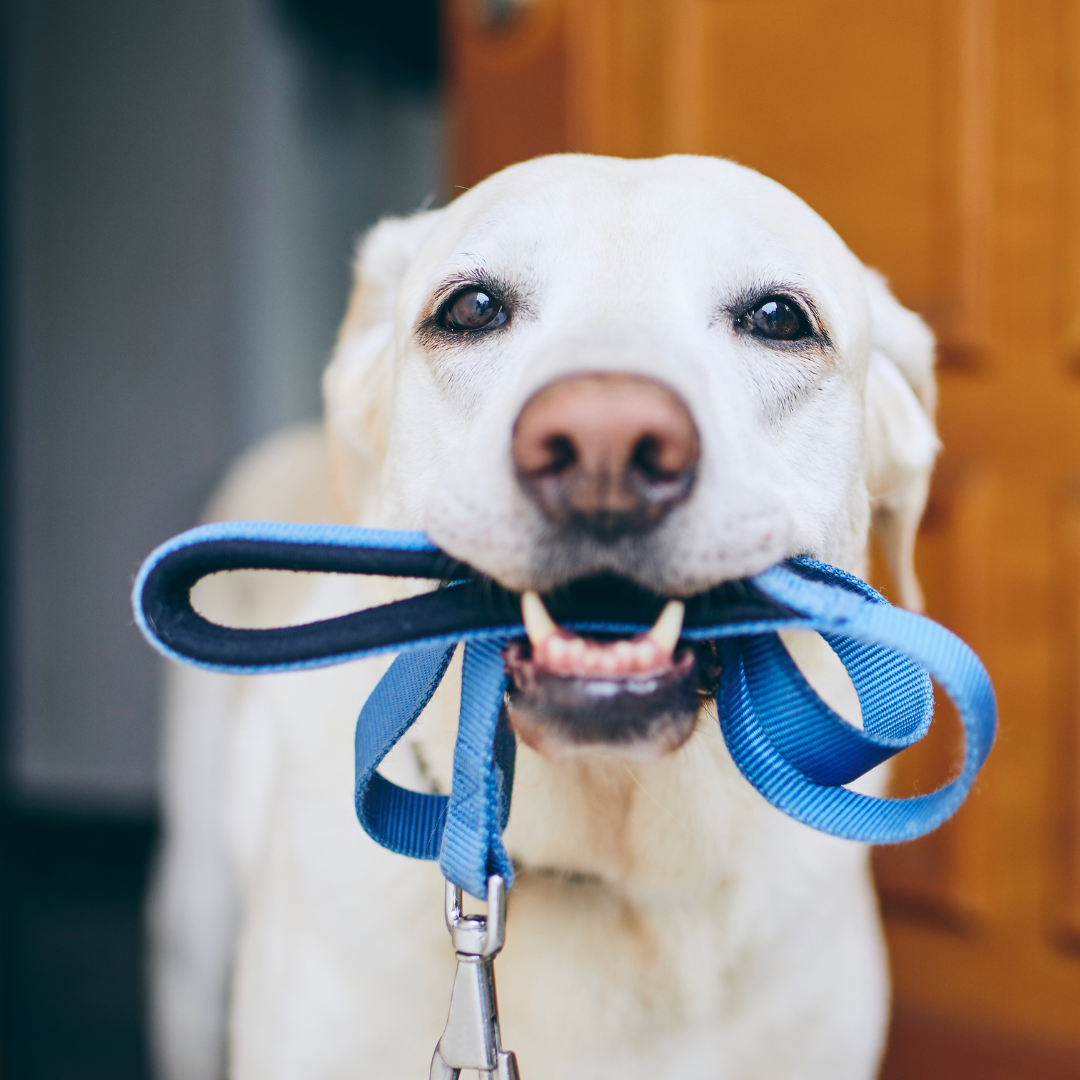
Learning
Dogs are intelligent animals capable of learning and problem-solving. They can learn through positive reinforcement, such as treats or praise, and negative reinforcement, such as scolding or punishment. ‘details.'
1. Positive Reinforcement
Positive reinforcement is a common method of training dogs, where they are rewarded with treats or praise for displaying desirable behaviour.
This training method is effective because it encourages dogs to repeat the behaviours that result in positive outcomes and can help strengthen the bond between the dog and its owner.
2. Negative Reinforcement
Negative reinforcement is a less commonly used training method, where dogs are trained through punishment or aversive stimuli.
While negative reinforcement can be effective in certain situations, such as stopping dangerous behaviour, it can also lead to fear, anxiety, and aggression if not used appropriately.
3. Problem-Solving
Dogs can solve problems and learn to complete tasks through trial and error. For example, a dog may learn to open a latch or jump over a fence to access a treat or toy.
Problem-solving skills are important for a dog's cognitive development and can help to prevent boredom and destructive behaviour.
4. Conditioning
Conditioning is a type of learning where dogs learn to associate a particular stimulus with a specific outcome. For example, a dog may learn to associate the sound of a treat bag with the expectation of receiving a treat. Conditioning can also desensitize dogs to stimuli such as loud noises or other dogs.
5. Adaptability
Dogs are adaptable animals and can learn to adjust their behaviour to fit different environments and situations. This adaptability is partly due to their ability to learn and problem-solve and can help them thrive in various settings.
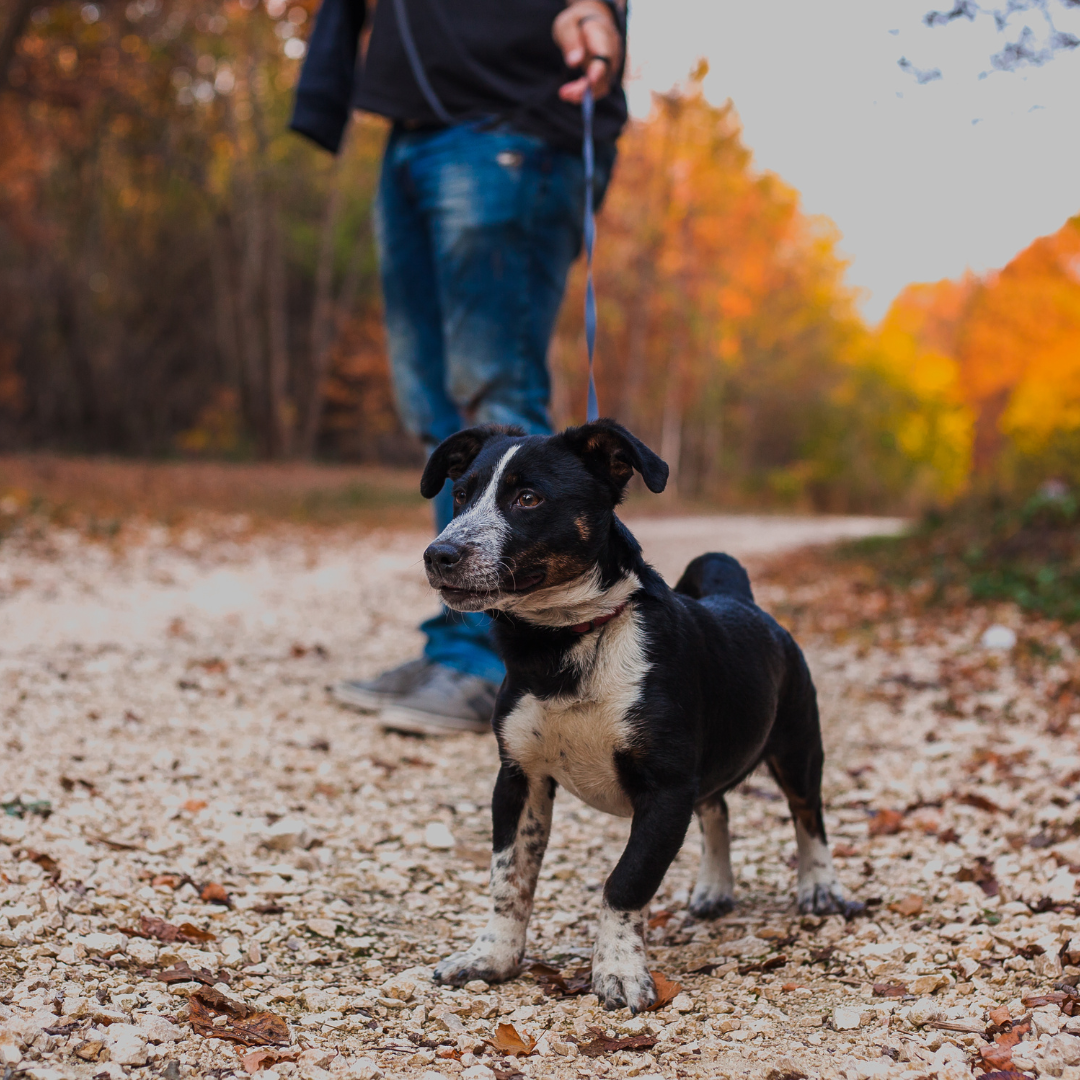
Routine And Predictability
Establishing a routine for your dog can help promote their mental and emotional well-being. Consistency and predictability can provide a sense of security and stability, which can help to reduce stress and anxiety in dogs.
Dogs with a routine may be better able to anticipate and prepare for daily activities, reducing the likelihood of unexpected or overwhelming situations.
While routines may need to be adjusted over time to accommodate changes in your dog's needs or lifestyle, a puppy may require more frequent meals and bathroom breaks as their activity levels and dietary needs may change. Flexible and adjust your dog's routine to ensure their comfort and well-being.
In addition, unexpected disruptions to your dog's routine can occur, such as a change in your work schedule or an unforeseen event.
Providing your dog with extra support and reassurance is important in these cases to help them adjust to the changes.
Establishing a consistent routine for your dog can give them a sense of security and predictability, promoting their mental and emotional well-being.
However, it is important to be flexible and adjust to accommodate your dog's changing needs and unexpected disruptions to its routine.
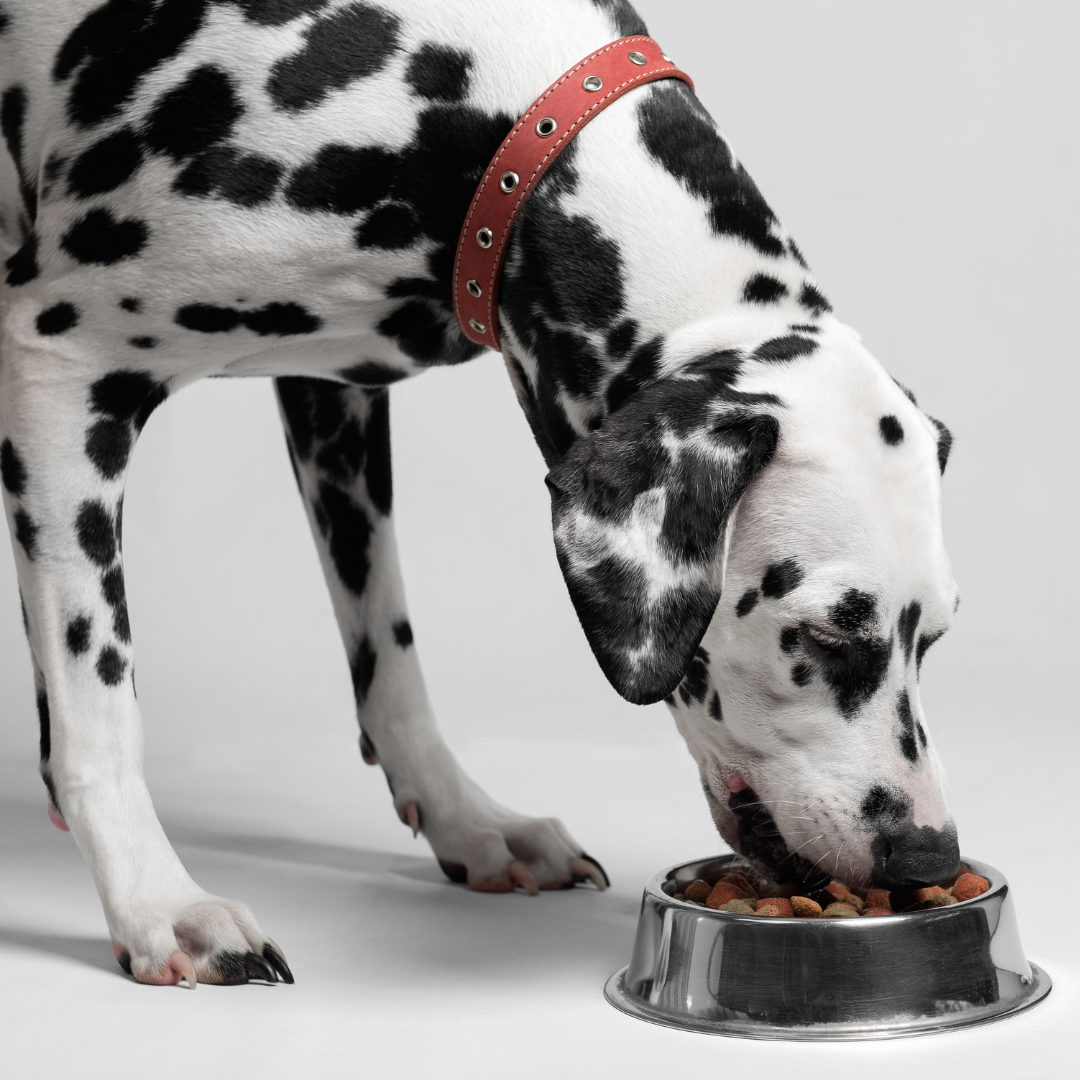
Physical Sensations
When it comes to hunger, dogs may start thinking about food and show signs of excitement or restlessness when they know it's feeding time.
They may also scavenge for food or beg for treats if they are hungry. Thirst may also be on a dog's mind, especially if they have been active or in warm environments, and they may seek out water sources or lick their lips to indicate their thirst.
In terms of pain or discomfort, dogs may be thinking about the source of their discomfort and may display behaviours such as limping or avoiding certain movements if they are in pain. They may also lick or groom an affected area if itchy or uncomfortable.
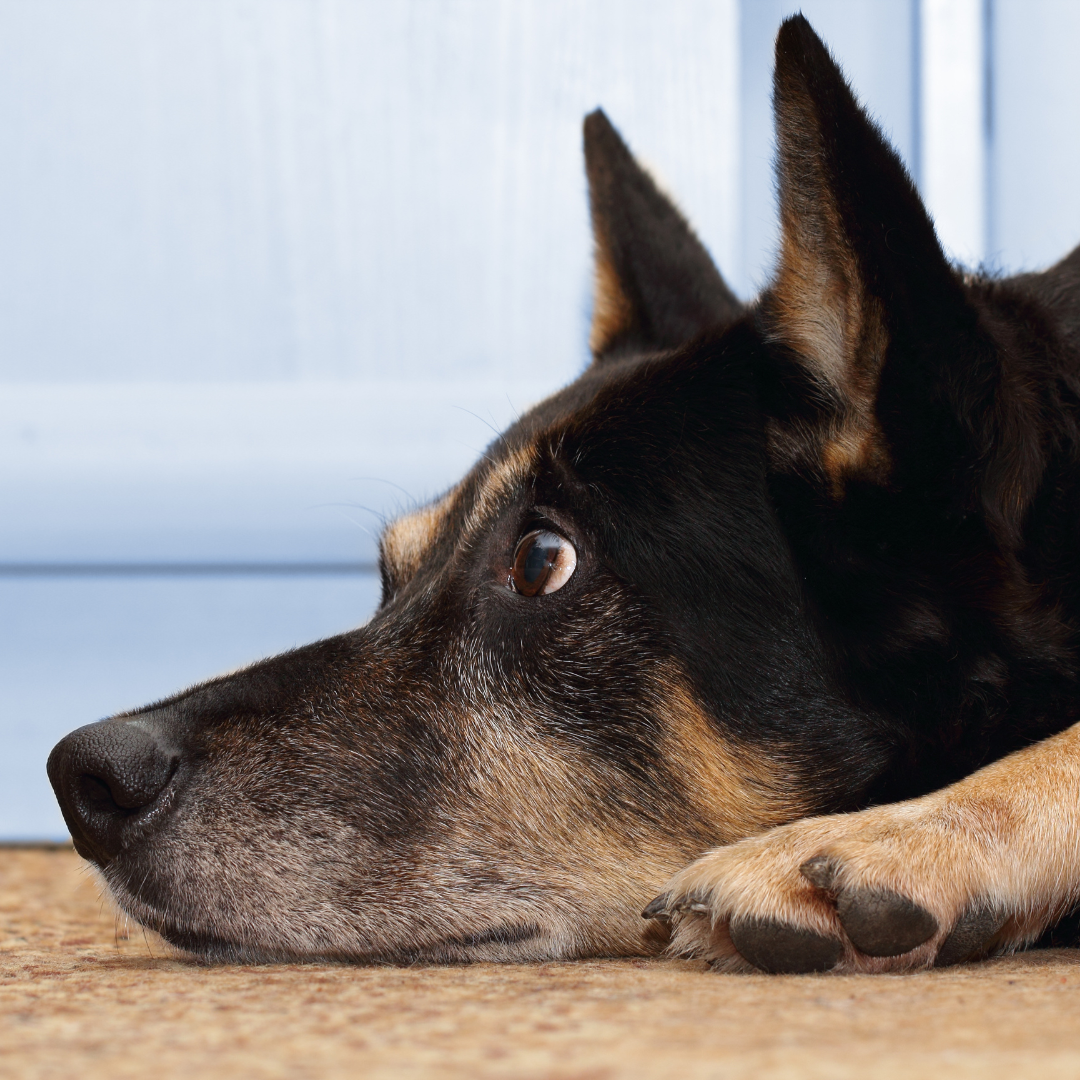
Memories
Dogs can remember people and events from the past, sometimes even years later. They may recognize their owners or previous acquaintances they haven't seen in a long time, displaying excitement and joy upon reunion.
They may also remember places they've been to, such as a favorite park or a familiar neighbourhood, and display a sense of comfort or familiarity in these environments.
Additionally, dogs may remember specific cues or events associated with certain experiences, such as the sound of the treat jar or the car pulling into the driveway.
Depending on the association, these memories can trigger different emotions in dogs, including happiness, excitement, or anxiety.
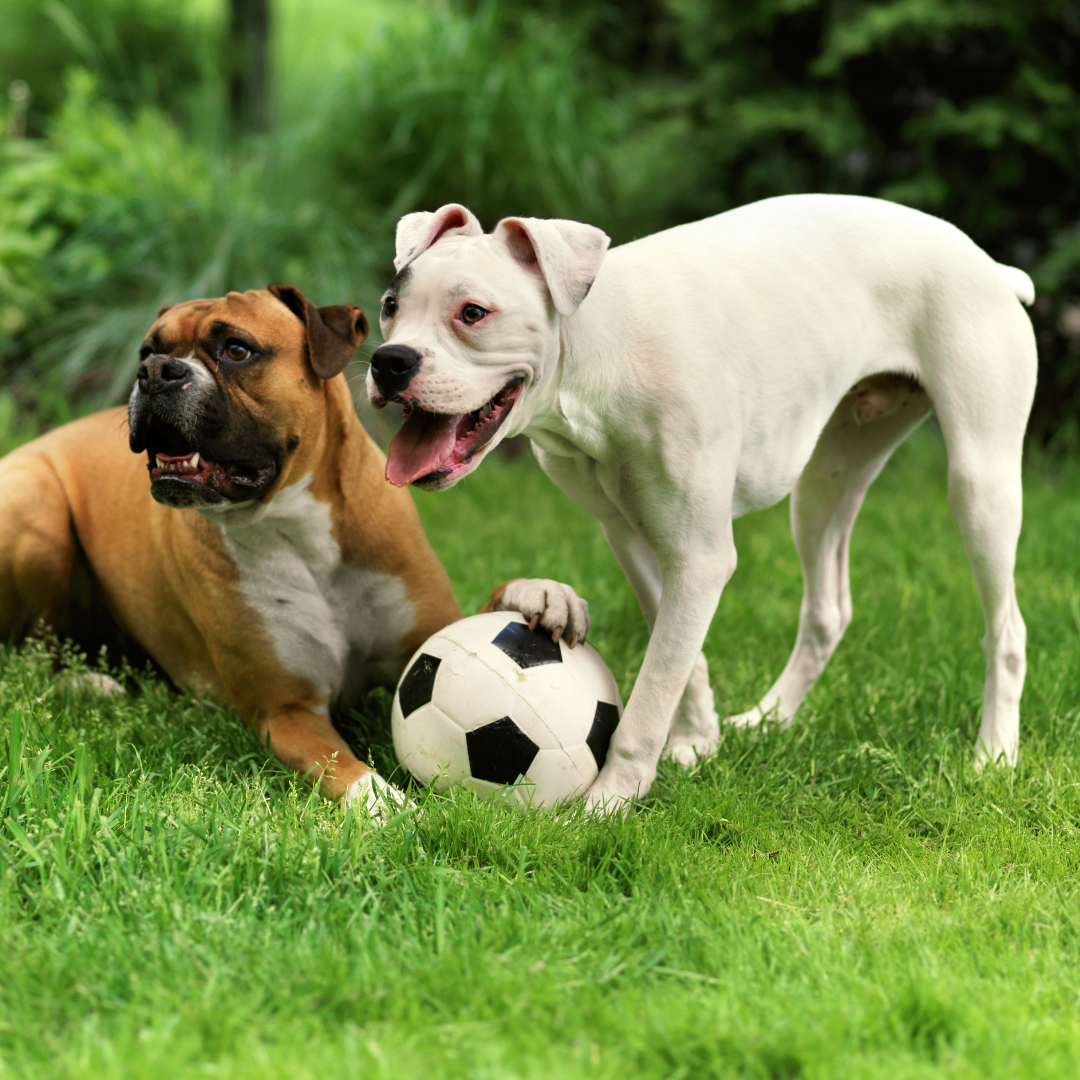
Play
Dogs enjoy playing and engaging in different activities and may spend time thinking about various forms of play. They may think about their favourite toys and games, such as chasing a ball or playing tug-of-war, and may display excitement or anticipation when presented with the opportunity to play.
Additionally, dogs may engage in playful behaviour with other dogs, such as running around or play-fighting, which can help them develop social skills and strengthen bonds with other dogs.
Playing can also provide mental stimulation and physical exercise, which are important for a dog's overall health and well-being.
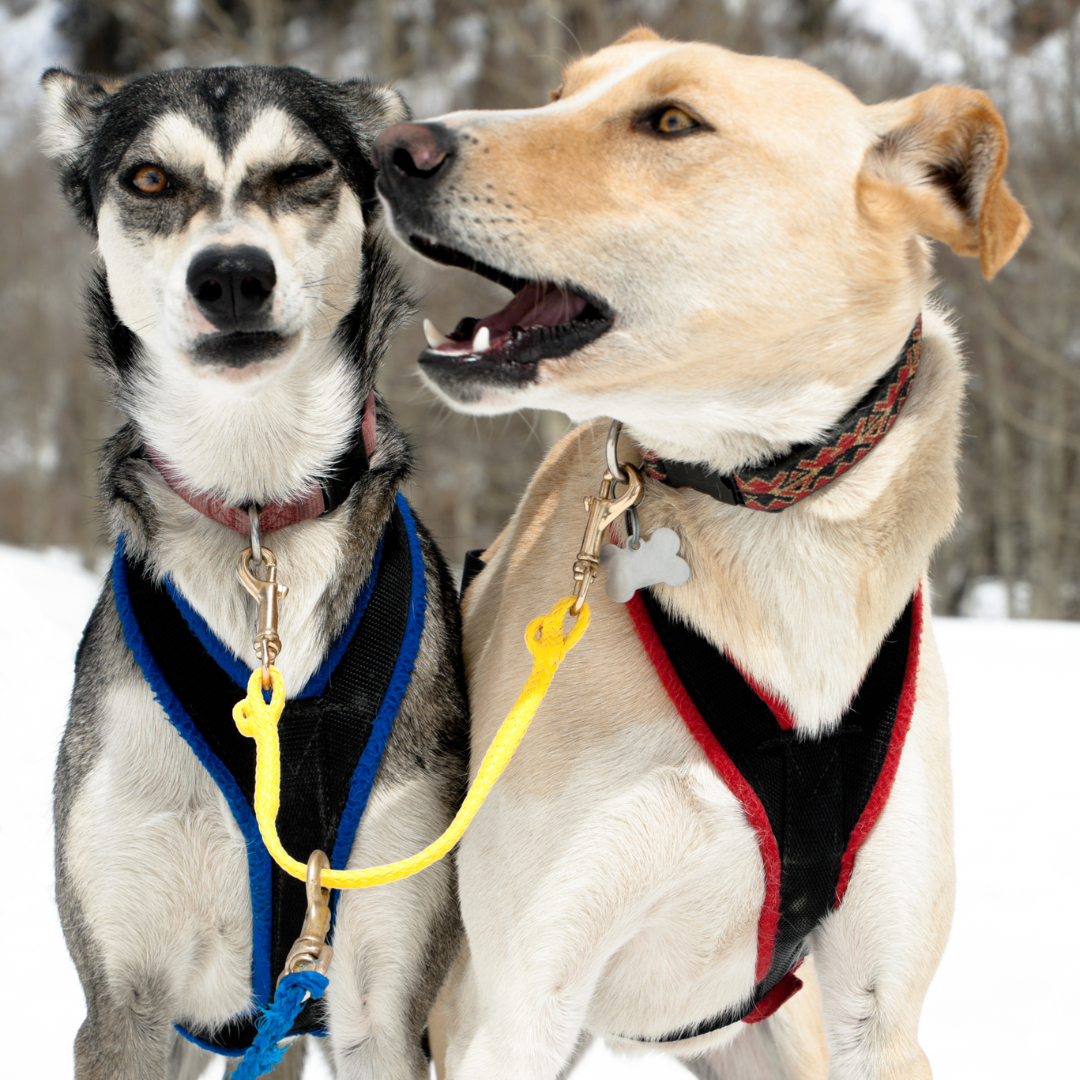
10. Communication
Dogs are highly attuned to body language and vocalizations, both of themselves and others. They may think about communicating a message to another dog or human, such as through a bark or a play bow.
They may also be thinking about how to respond to a signal from another dog or human, such as a wagging tail or a call to come.
Dogs may also learn to interpret human language, such as commands or cues, and respond accordingly. They can also communicate with their owners through body language, such as tilting their head or wagging their tail, to express their emotions or needs.

11. Sleep
Dogs require a lot of sleep to recharge their energy, and they may spend much of their day thinking about sleep or rest.
They may think about finding a cozy and comfortable place to lie down, whether it's their bed or a soft spot on the floor.
Dogs may also prefer sleeping in certain positions, such as curled up in a ball or stretched out on their side. During their sleep, dogs may enter a deep sleep phase called rapid eye movement (REM) sleep, during which they may experience dreams or quick eye movements.
The content of dogs' dreams is still a research topic, but they may dream about past experiences, playing, or chasing after prey.

12. Attention
Dogs are social animals and form strong bonds with their owners. They may think about their owner's presence, voice, or scent and seek attention from them.
Dogs display attention-seeking behaviours, such as sitting at their owner's feet, bringing toys or balls, or nudging their owners' hands.
They may also use vocalizations such as barking or whining to get their owners' attention. Dogs crave attention and affection and may feel happy or fulfilled when they receive it. Conversely, they may feel neglected or sad if they need more attention from their owners.
Some dogs may even develop attention-seeking behaviours that are negative or destructive, such as chewing on furniture or digging holes in the yard.
Owners need to understand their dogs' needs for attention and provide appropriate attention and affection to prevent negative behaviours and maintain a healthy relationship with their pets.
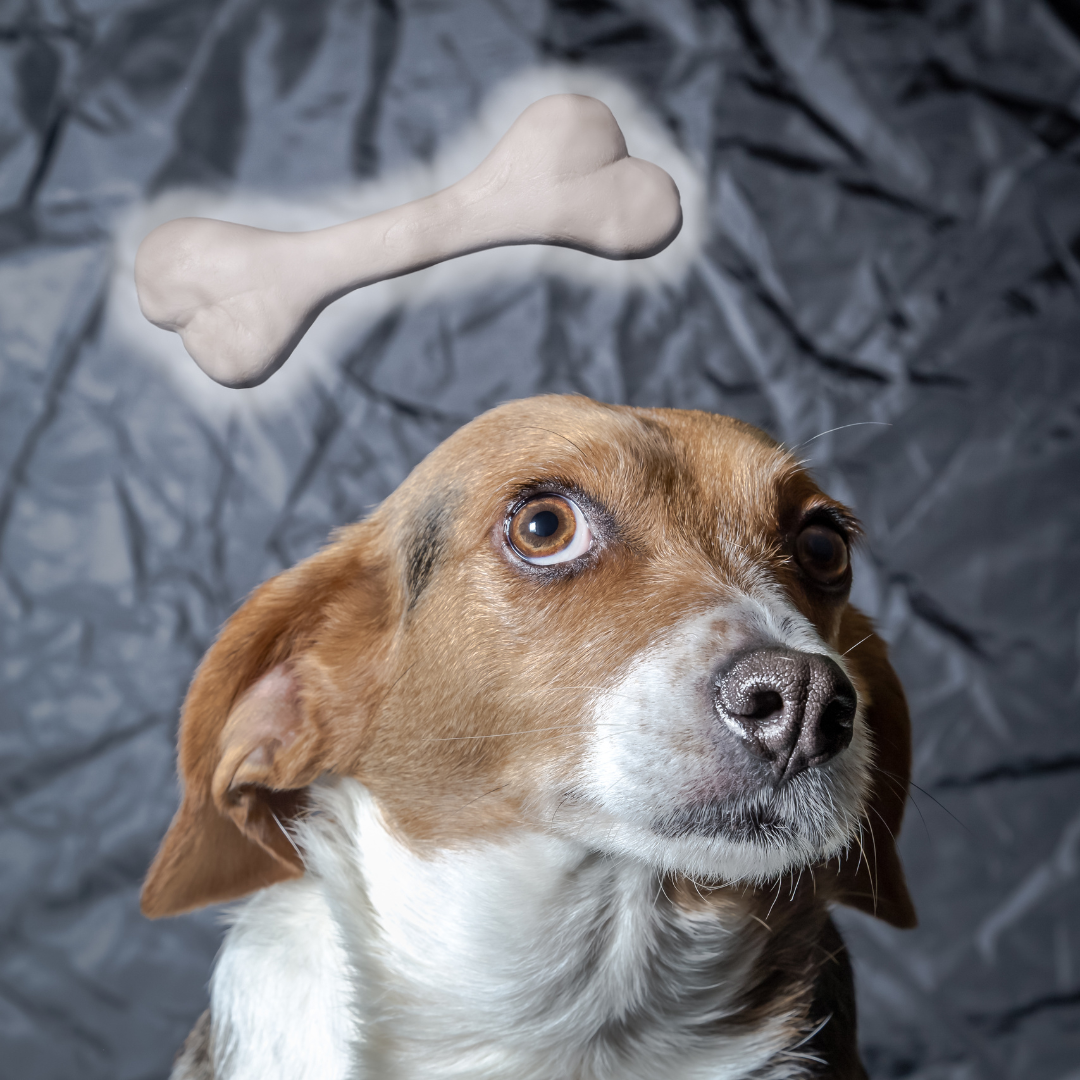
Conclusion
In conclusion, while we can't know exactly what dogs think about, it's clear that their minds are complex and fascinating.
Dogs are social creatures with various emotions, instincts, and problem-solving abilities, all contributing to their unique perspectives on the world around them.
As dog owners, it's important to recognize and respect our dogs' personalities and needs and to provide them with the love, care, and attention they deserve.
By doing so, we can continue to deepen the bonds we share with our furry companions and enjoy the many joys and rewards of being a dog owner.
So, the next time you look into your dog's eyes, take a moment to appreciate the depth of their inner world and the amazing ways they enrich our lives.
I trust you enjoyed this article on What Do Dogs Think About? Please stay tuned for more blog posts to come shortly. Take care!
JeannetteZ
>>>Please click here to read my article on A Full Overview Of Dogs And Their Activity<<<
My #1 Dog Training Recommendation
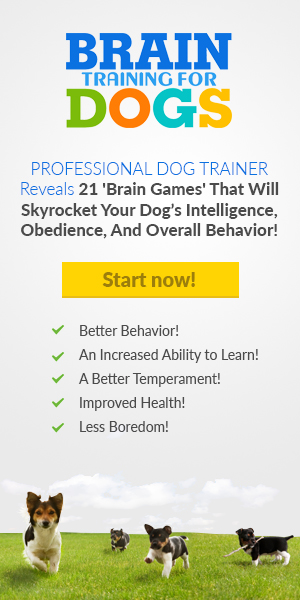
Your Opinion Is Important To Me
Thoughts? Ideas? Questions? I would love to hear from you. Please leave me your questions, experience, and remarks about this article on What Do Dogs Think About in the comments section below. You can also reach me by email at Jeannette@Close-To-Nature.org.
Disclosure
This post may contain affiliate links. I earn from qualifying purchases as an Amazon Associate and other affiliate programs. Please read my full affiliate disclosure.
You might also enjoy these blog posts:
How Do I Know If My Dog Is Smart?
Barking Dog Solutions – Ultimate Training
Aggressive Dog Solutions – Ultimate Training

